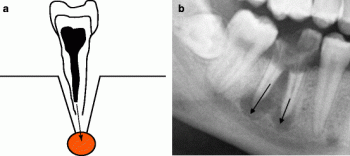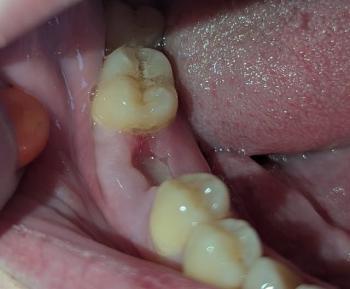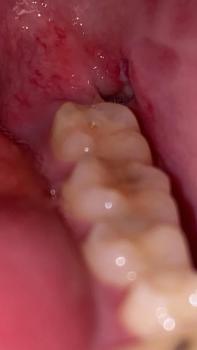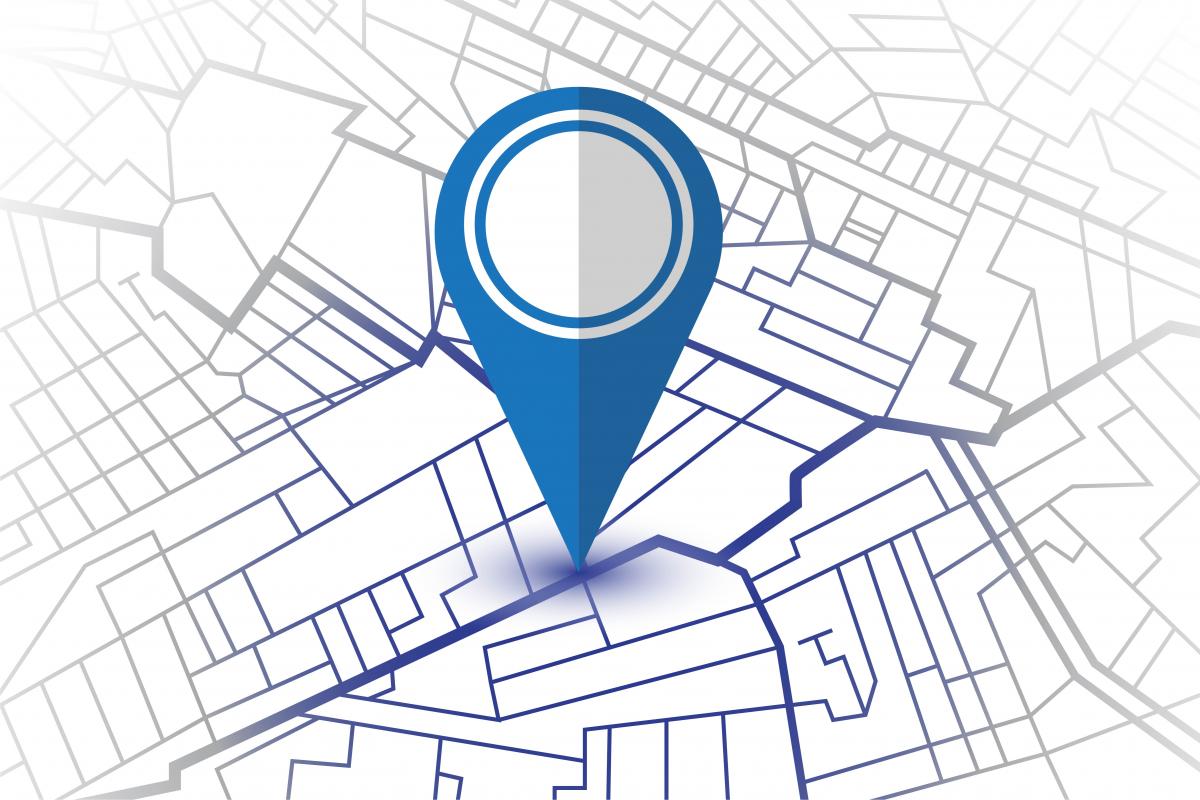Healthy Teeth, Happy Life.
Dental Bioprinting with Allevi 3: Future or Reality?
Language :

Allevi 3 Bioprinter Deep Dive: Can It Transform Your Dental Practice?
The Allevi 3 (formerly BioBots) is one of the most accessible desktop bioprinters for dental research and small-scale clinical use. But can it really help your patients today? Let’s break down its capabilities, limitations, and real-world practicality for dentists.
Key Features of the Allevi 3
Multi-material bioprinting – Works with hydrogels, bioinks, and stem cell-laden materials
High precision – Prints at 10-50 µm resolution (suitable for micro-scale dental structures) Open-source software – Customizable for dental applications (e.g., pulp scaffolds, gingival grafts)
Compact & lab-friendly – Fits in a small dental lab (no clean room required)
Price: ~120,000−120,000−180,000 (depending on configuration)
Can It Help YOUR Patients? (Real-World Scenarios)
1. Pulp Regeneration for Root Canal Alternatives
-
How? Print stem cell-loaded hydrogels to regenerate damaged pulp.
-
Current Stage: Pre-clinical trials (not yet FDA-approved for humans).
-
Patient Benefit? Not immediately—but within 3-5 years, this could replace root canals.
2. Custom Gum Grafts for Periodontal Patients
-
How? Bioprint collagen-based gingival tissue for recession cases.
-
Current Stage: Experimental (some vet dentistry use cases exist).
-
Patient Benefit? Limited today—but could reduce graft surgery costs by 50%+ in the future.
3. Bone Scaffolds for Dental Implants
-
How? Print calcium phosphate structures to enhance bone growth.
-
Current Stage: FDA-cleared materials available (but not yet chairside).
-
Patient Benefit? Yes, but outsourcing is still easier—most dentists won’t print these in-house yet.
Looking for dentist : Visit directory list
Production Output: What Can 1 Dentist Realistically Do?
| Application | Print Time | Output per Day | Feasibility for 1 Dentist? |
|---|---|---|---|
| Pulp Scaffolds | 2-4 hrs | 2-4 units | Too slow for clinical use |
| Gingival Patches | 1-2 hrs | 5-10 units | If pre-printed in batches |
| Bone Scaffolds | 3-6 hrs | 1-2 units | Better to outsource |
Critical Thinking:
-
Is this a clinical tool or a research toy?
-
Today = Mostly research (unless collaborating with a biotech lab).
-
2027+ = Could be chairside if FDA approvals accelerate.
-
-
Staff training needed?
-
Yes—1 dedicated tech would be required to operate it full-time.
-
ROI Reality Check
Who Should Buy This Now?
✔ University dental programs (for research)
✔ Dental startups partnering with biotech firms
✔ High-end implantologists future-proofing their practice
Who Should Wait?
General dentists (not cost-effective yet)
Clinics without lab space/staff (too hands-on)
Strategic Move for Dentists
Instead of buying an Allevi 3 today:
-
Partner with a bioprinting lab to offer experimental treatments.
-
Train in bioprinting basics (online courses from Allevi).
-
Monitor FDA approvals—jump in when human trials begin.
The Allevi 3 is a powerful research tool, but not yet a chairside miracle machine. Early adopters should be research-focused, not profit-driven.
#3DBioprinting #DentalResearch #FutureOfDentistry #Allevi3 #RegenerativeDentistry












